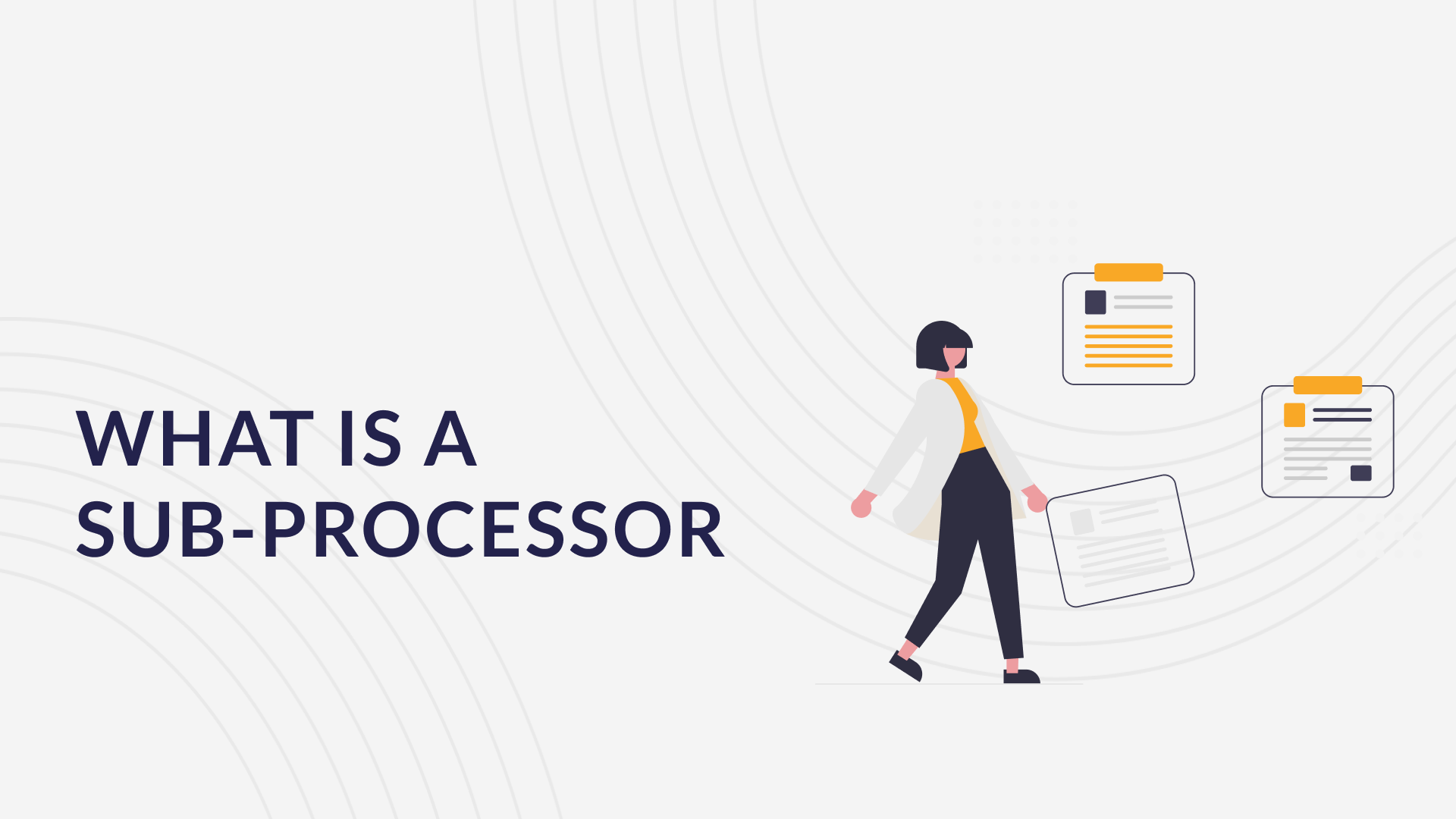In today’s digital-first world, organizations are only as strong as their weakest vendor or internal process. That’s why the Information Security Risk Assessment Questionnaire has become a vital tool for evaluating and improving cybersecurity readiness.
Who is this for?
If you’re a compliance lead, CISO, or IT manager at a B2B SaaS or tech-enabled company facing pressure to win enterprise deals or pass security audits, this guide will help you answer information security questionnaires with confidence and uncover gaps in your risk posture.
Breaking Down the Information Security Risk Assessment Questionnaire
Security questionnaires are structured tools designed to help organizations assess and compare cybersecurity risk across internal operations and external vendors. These questionnaires are typically structured into several domains:
Types of questions typically included
- Network security and firewall configuration
- Cloud infrastructure controls
- Encryption standards
- Endpoint protection and patching policies
- Access management and password protocols
- Incident response planning
- Employee training and awareness
How questionnaires support vendor risk assessment
Buyers use these questionnaires to evaluate your trustworthiness before giving you access to sensitive data or systems. A well-answered questionnaire can accelerate sales cycles, while a vague or inaccurate response can stall deals or expose hidden risks.
Step 1: Identifying Cybersecurity Risks in Your Environment
Before answering any questionnaire, you need a solid understanding of your current risk exposure.
Assessing exposure to data breaches and ransomware
- Do you maintain an up-to-date asset inventory?
- Have you mapped your data flows to understand what’s at risk?
- What detection and response protocols are in place in case of an attack?
Evaluating compliance with GDPR, CCPA, and other regulations
- Can you locate personal data across systems?
- Are data subject rights requests documented and tested?
- Do you have a legal basis for data processing and vendor sharing?
Step 2: Evaluating Technical Controls Through the Questionnaire
Strong technical controls are the backbone of any security program.
Firewall, VPN, and encryption practices
- Are firewalls configured to restrict inbound/outbound traffic by default?
- Do you use VPNs and end-to-end encryption for remote workers and data transmission?
Patch management and endpoint protection
- Are devices centrally managed and monitored?
- How frequently are critical security patches applied?
Cloud security and remote access safeguards
- Is your cloud environment hardened and segmented?
- How is access to production environments restricted and logged?
Step 3: Reviewing Process Controls for Risk Management
Beyond tools, secure operations depend on disciplined internal processes.
Incident response and business continuity planning
- Is there a documented and tested IR plan?
- How quickly can operations recover from a critical incident?
Vendor risk management and audit readiness
- Are third-party providers regularly assessed?
- Do you maintain records of risk assessments and mitigations?
Monitoring and remediation workflows
- How are vulnerabilities tracked and resolved?
- Do you have SLAs for patching high-severity issues?
Step 4: Assessing People Controls and Security Culture
People are often the biggest risk, unless you invest in their security behavior.
Password policies and access control
- Are there minimum password complexity and rotation requirements?
- Is access granted on a need-to-know basis?
Phishing and security awareness training
- How often is training conducted?
- Are there simulated phishing campaigns to test employee responses?
Role-based access and least privilege enforcement
- Is access periodically reviewed and adjusted based on role changes?
- Do employees only have access to what they need?
Integrating Questionnaire Results with Security Ratings and Tools
A one-off questionnaire only shows part of the picture. Combine it with continuous monitoring for a more accurate view.
Using platforms like SecurityScorecard for continuous monitoring
Tools like SecurityScorecard and BitSight analyze external signals (e.g., vulnerabilities, open ports) to give you or your vendors a live security rating.
Mapping questionnaire responses to real-time risk scores
When you align subjective answers with objective ratings, you can:
- Validate claims made by vendors (or your own team)
- Prioritize remediation efforts
- Communicate risk to non-technical stakeholders
Key Takeaways & Wrap Up
An Information Security Risk Assessment Questionnaire isn't just paperwork, it's a reflection of your organization’s security posture. By understanding what’s being asked, preparing accurate responses, and using the process to uncover areas for improvement, you can build trust with stakeholders, accelerate procurement, and strengthen your overall cybersecurity strategy. Remember:
- Information Security Risk Assessment Questionnaires are a cornerstone of vendor due diligence and internal risk management.
- Treat them as an opportunity to strengthen your security posture—not just a checkbox.
- Use them to identify gaps, align controls with frameworks like NIST or ISO 27001, and prove security maturity to customers.
- Integrate the results into your broader GRC (governance, risk, and compliance) efforts for maximum impact.
Information Security Risk Assessment Questionnaire - FAQs
What is the purpose of an information security risk assessment questionnaire?
It helps organizations assess how well prepared a vendor or internal team is to protect sensitive data and systems from cyber threats.
Are security questionnaires mandatory?
For many industries (especially SaaS, finance, or healthcare), they are an essential part of procurement, compliance, or sales processes.
How often should you complete one?
Vendors may be asked to fill them out with every enterprise deal or on a recurring basis (e.g., annually). Internally, they should be reviewed as part of your ongoing risk assessment cycle.
What’s the difference between a risk assessment and a questionnaire?
The questionnaire is a tool used during a broader risk assessment process, it helps identify and evaluate risks by prompting structured disclosures.



